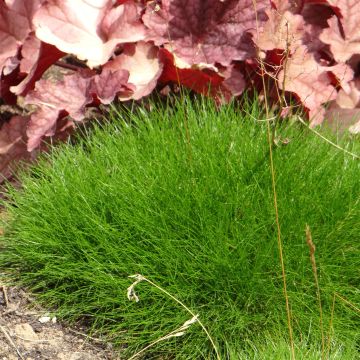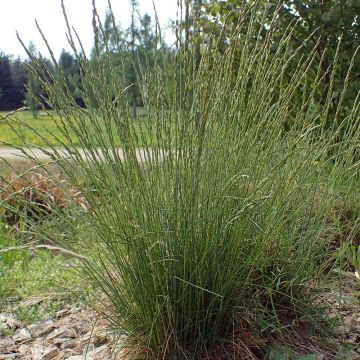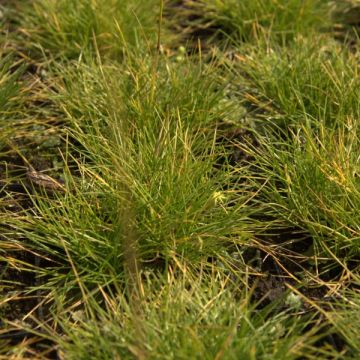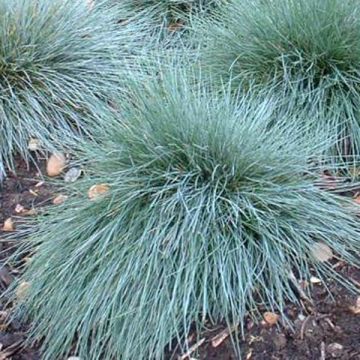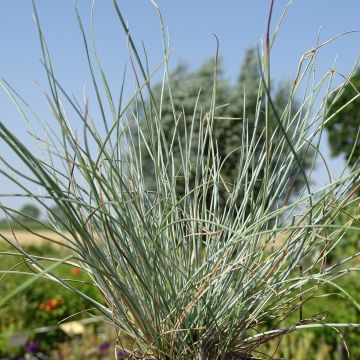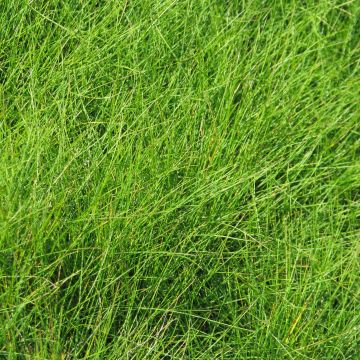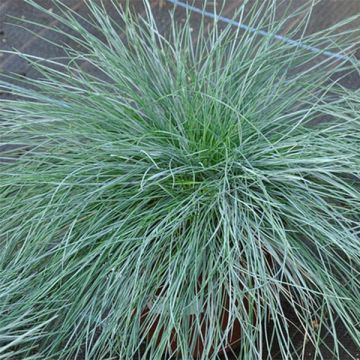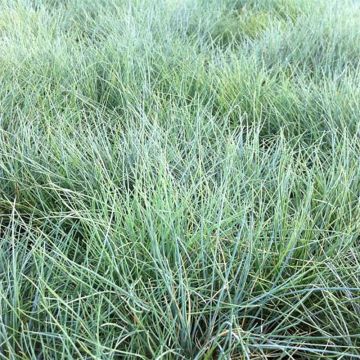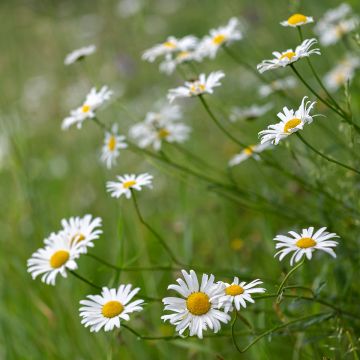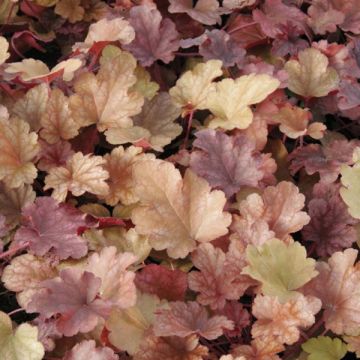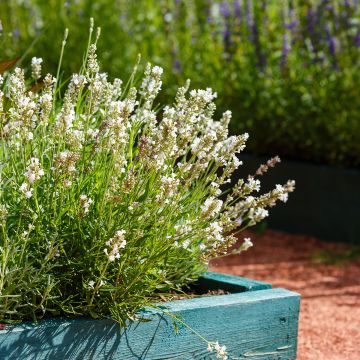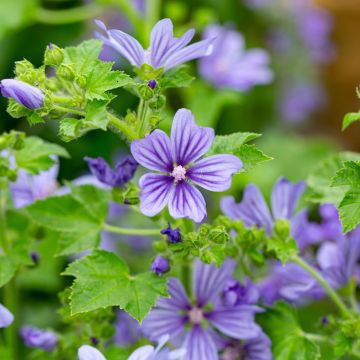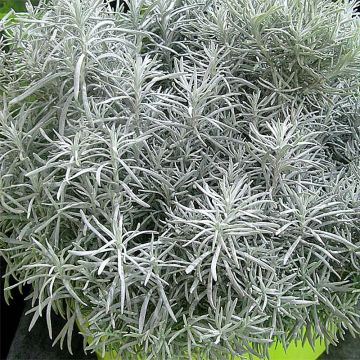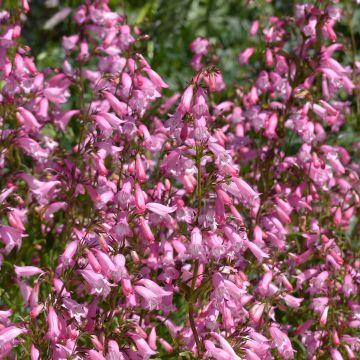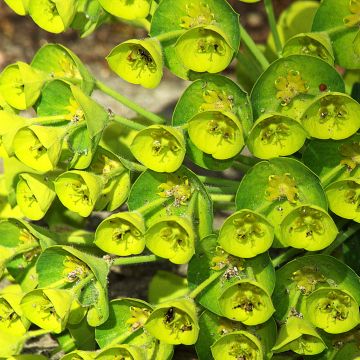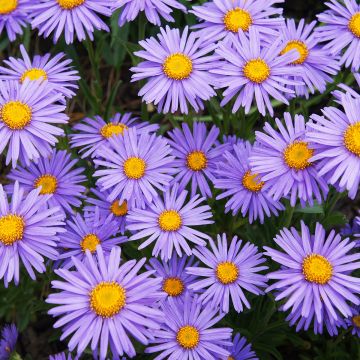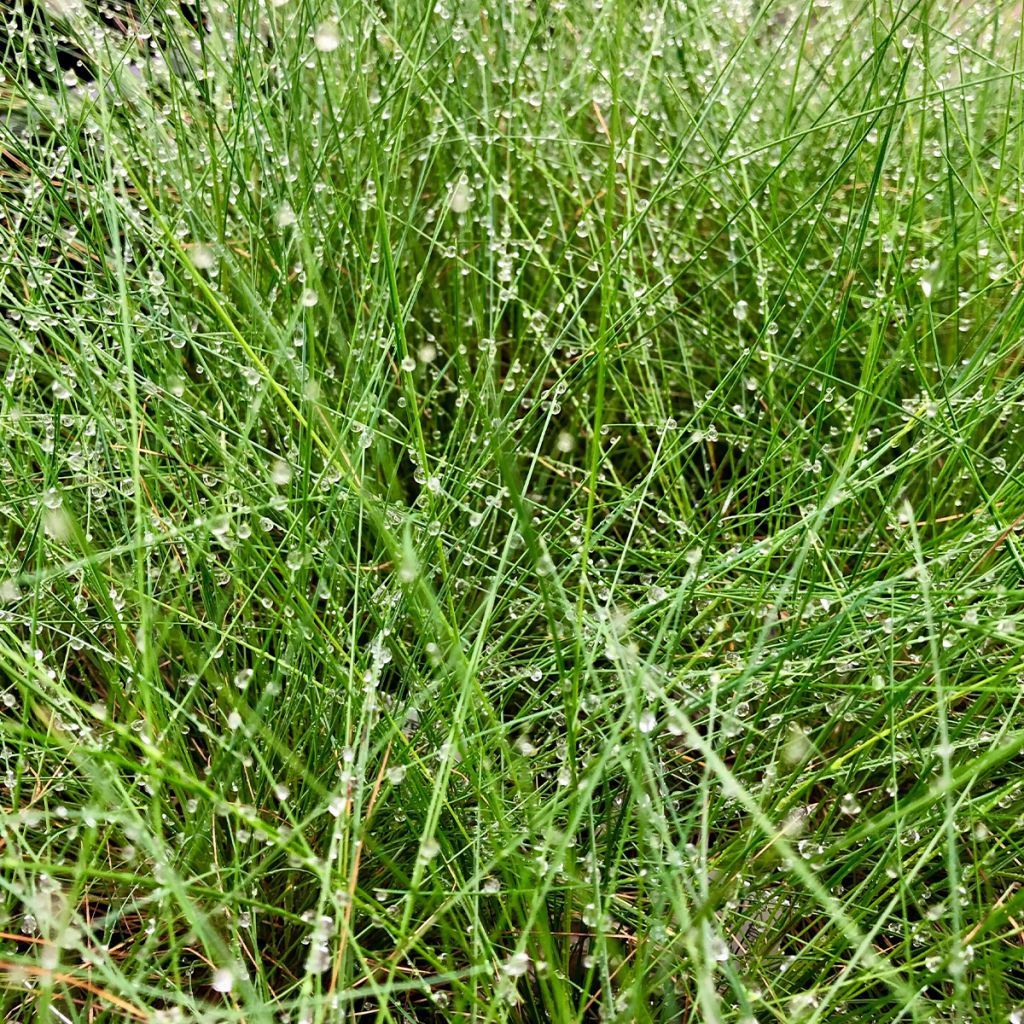

Festuca amethystina
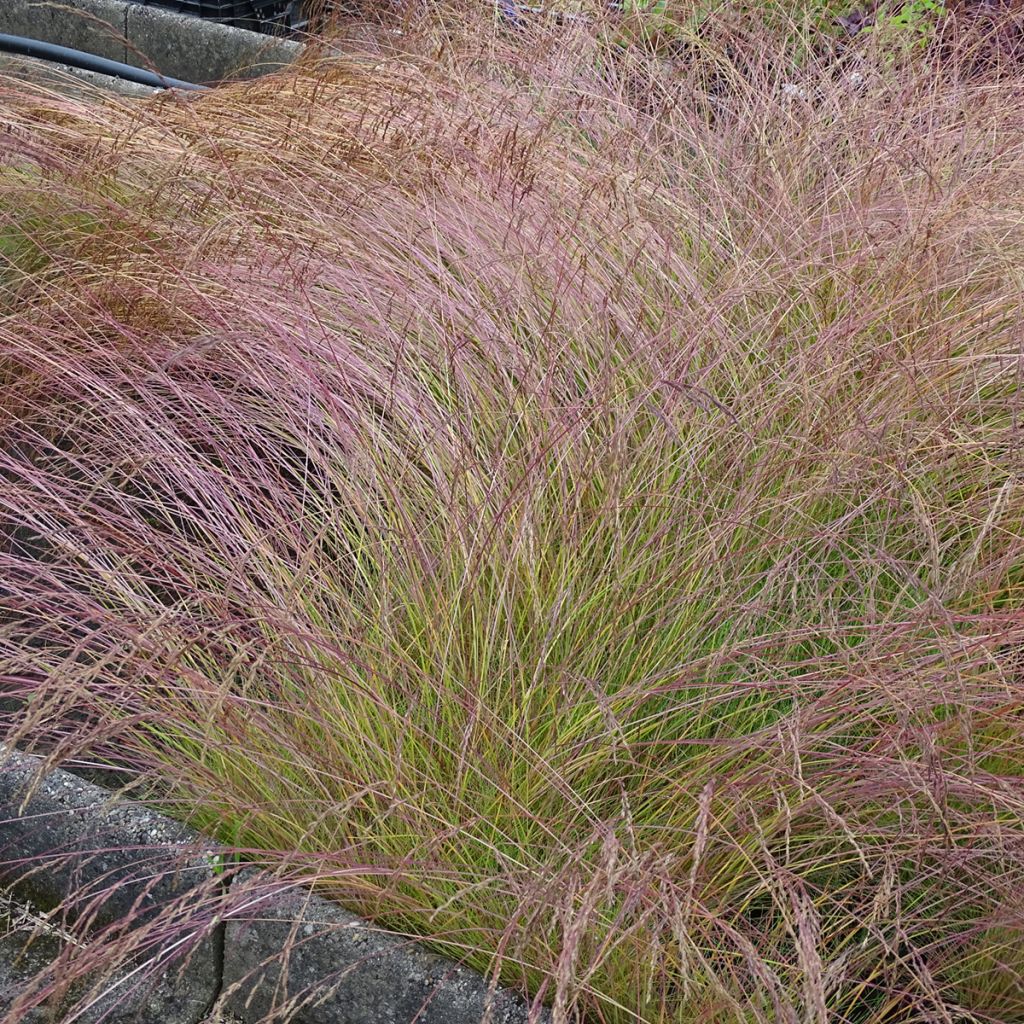

Festuca amethystina
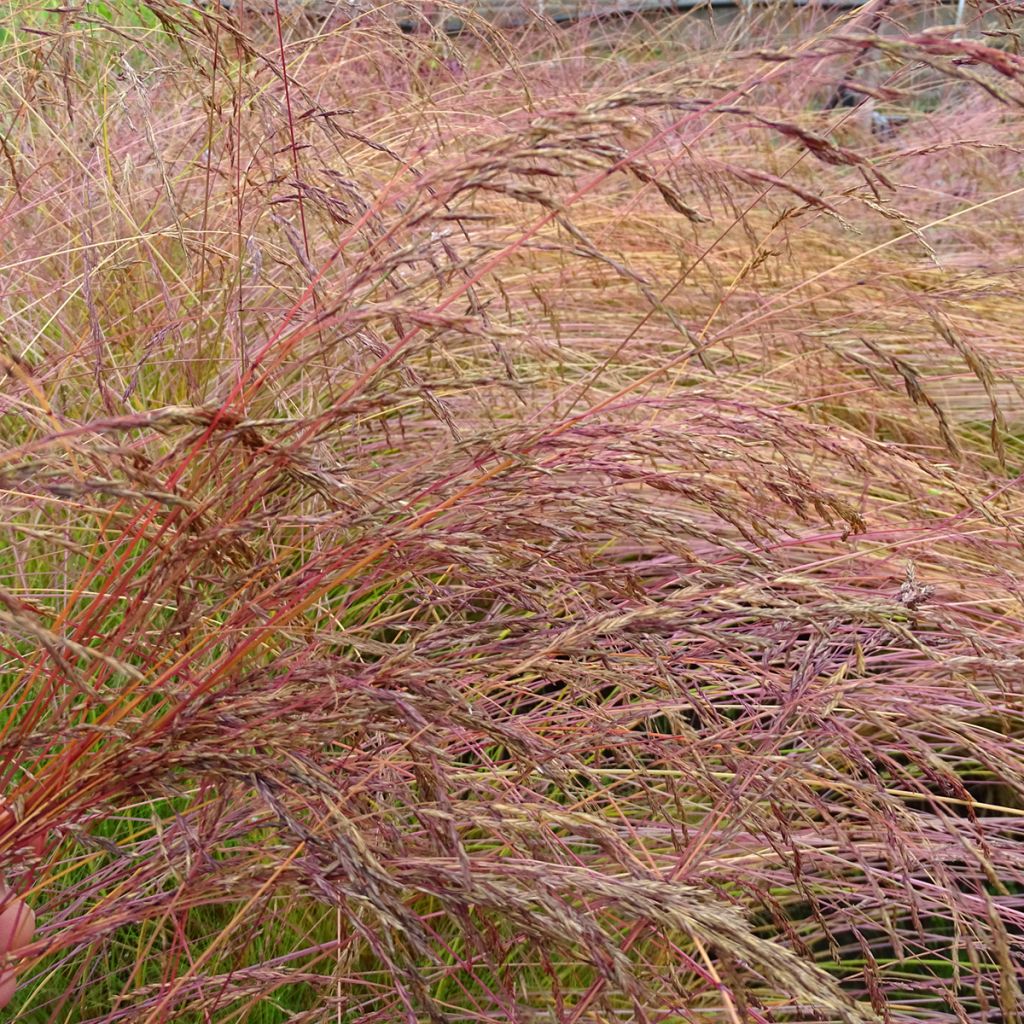

Festuca amethystina
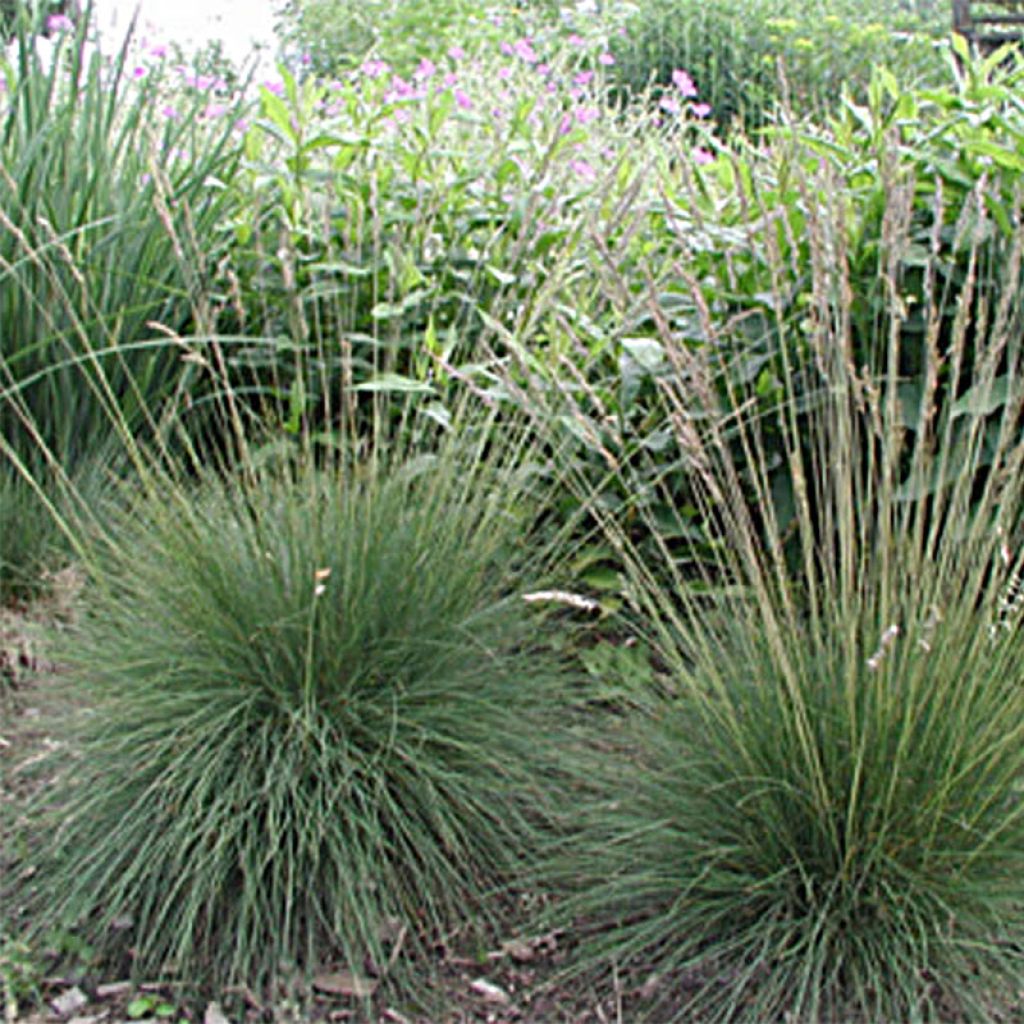

Festuca amethystina
Festuca amethystina
Festuca amethystina
Tufted Fescue
Beautiful clumps, vigorous.
Michèle, 13/12/2024
This item cannot be shipped to the selected country
Delivery charge from €5.90
Delivery charge from €5.90
More information
Schedule delivery date,
and select date in basket
This plant carries a 12 months recovery warranty
More information
We guarantee the quality of our plants for a full growing cycle, and will replace at our expense any plant that fails to recover under normal climatic and planting conditions.
From €5.90 for pickup delivery and €6.90 for home delivery
Express home delivery from €8.90.
From €5.90 for pickup delivery and €6.90 for home delivery
Express home delivery from €8.90.

Does this plant fit my garden?
Set up your Plantfit profile →
Description
The Festuca amethystina, also known as Amethyst fescue, is an evergreen perennial grass with delicate blue-green leaves. It forms a beautiful compact cushion adorned with flowering spikes subtly tinged with violet in late spring and early summer. Its lovely colour and lightness will bring a natural touch to your flower beds.
Native to the Alps and southern Europe and belonging to the vast family of Poaceae, this fescue has a bushy habit reaching a height and width of 40 cm (16in). Cousin of the Blue fescue is a variety that stands out with its lovely purple reflections, reminiscent of amethyst, and spikelets that appear in late spring / early summer. Its foliage consists of slender, wonderful, bluish-green leaves. An evergreen grass ensuring a presence in the garden throughout the year.
Fescues thrive in full sun or partial shade in well-drained soil. They are resistant, hardy plants, at least down to -15 °, which can withstand drought and even sea spray once well established. They are not known to be particularly susceptible to diseases.
Maintenance is almost nonexistent (no cutting back in spring like deciduous grasses). However, the most attentive gardeners can do light cleaning at the end of winter, removing dry leaves and faded spikelets from the perimeter. If, after a few years, the shrub becomes too large for your taste, do not hesitate to divide it, as it is the easiest way to propagate it.
Dancing in the wind, grasses are incomparable for bringing naturalness and lightness to gardens. They can be used in mass plantings, alone or with other grasses, or in borders, alongside other perennials. We recommend planting them in the sun, with Sedum spectabile, Achillea pomegranate, the elegant Salvia nemerosa Caradonna in full sun, and Heuchera Plum Pudding in partial shade. This plant can also be easily grown in pots.
Report an error about the product description
Flowering
Foliage
Plant habit
Safety measures
Botanical data
Festuca
amethystina
Poaceae
Tufted Fescue
Central Europe
atteinterespiratoire
Cette plante peut entraîner des symptômes allergiques.
Evitez de la planter si vous ou vos proches souffrez de rhinite saisonnière ("rhume des foins").
Davantage d'informations sur https://plantes-risque.info
Other Fescue grass
Planting and care
These grasses need very little maintenance. They don't require pruning in the spring like other grasses. A light cleaning at the end of winter is enough to remove dry leaves from the perimeter and faded spikes. If the plant becomes too large, it can be divided to create new plants. However, it's important to avoid planting these grasses in soil that is too moist and poorly drained, as it can cause them to wither.
Planting period
Intended location
Care
-
, onOrder confirmed
Reply from on Promesse de fleurs
Summer flowering perennials
Haven't found what you were looking for?
Hardiness is the lowest winter temperature a plant can endure without suffering serious damage or even dying. However, hardiness is affected by location (a sheltered area, such as a patio), protection (winter cover) and soil type (hardiness is improved by well-drained soil).

Photo Sharing Terms & Conditions
In order to encourage gardeners to interact and share their experiences, Promesse de fleurs offers various media enabling content to be uploaded onto its Site - in particular via the ‘Photo sharing’ module.
The User agrees to refrain from:
- Posting any content that is illegal, prejudicial, insulting, racist, inciteful to hatred, revisionist, contrary to public decency, that infringes on privacy or on the privacy rights of third parties, in particular the publicity rights of persons and goods, intellectual property rights, or the right to privacy.
- Submitting content on behalf of a third party;
- Impersonate the identity of a third party and/or publish any personal information about a third party;
In general, the User undertakes to refrain from any unethical behaviour.
All Content (in particular text, comments, files, images, photos, videos, creative works, etc.), which may be subject to property or intellectual property rights, image or other private rights, shall remain the property of the User, subject to the limited rights granted by the terms of the licence granted by Promesse de fleurs as stated below. Users are at liberty to publish or not to publish such Content on the Site, notably via the ‘Photo Sharing’ facility, and accept that this Content shall be made public and freely accessible, notably on the Internet.
Users further acknowledge, undertake to have ,and guarantee that they hold all necessary rights and permissions to publish such material on the Site, in particular with regard to the legislation in force pertaining to any privacy, property, intellectual property, image, or contractual rights, or rights of any other nature. By publishing such Content on the Site, Users acknowledge accepting full liability as publishers of the Content within the meaning of the law, and grant Promesse de fleurs, free of charge, an inclusive, worldwide licence for the said Content for the entire duration of its publication, including all reproduction, representation, up/downloading, displaying, performing, transmission, and storage rights.
Users also grant permission for their name to be linked to the Content and accept that this link may not always be made available.
By engaging in posting material, Users consent to their Content becoming automatically accessible on the Internet, in particular on other sites and/or blogs and/or web pages of the Promesse de fleurs site, including in particular social pages and the Promesse de fleurs catalogue.
Users may secure the removal of entrusted content free of charge by issuing a simple request via our contact form.
The flowering period indicated on our website applies to countries and regions located in USDA zone 8 (France, the United Kingdom, Ireland, the Netherlands, etc.)
It will vary according to where you live:
- In zones 9 to 10 (Italy, Spain, Greece, etc.), flowering will occur about 2 to 4 weeks earlier.
- In zones 6 to 7 (Germany, Poland, Slovenia, and lower mountainous regions), flowering will be delayed by 2 to 3 weeks.
- In zone 5 (Central Europe, Scandinavia), blooming will be delayed by 3 to 5 weeks.
In temperate climates, pruning of spring-flowering shrubs (forsythia, spireas, etc.) should be done just after flowering.
Pruning of summer-flowering shrubs (Indian Lilac, Perovskia, etc.) can be done in winter or spring.
In cold regions as well as with frost-sensitive plants, avoid pruning too early when severe frosts may still occur.
The planting period indicated on our website applies to countries and regions located in USDA zone 8 (France, United Kingdom, Ireland, Netherlands).
It will vary according to where you live:
- In Mediterranean zones (Marseille, Madrid, Milan, etc.), autumn and winter are the best planting periods.
- In continental zones (Strasbourg, Munich, Vienna, etc.), delay planting by 2 to 3 weeks in spring and bring it forward by 2 to 4 weeks in autumn.
- In mountainous regions (the Alps, Pyrenees, Carpathians, etc.), it is best to plant in late spring (May-June) or late summer (August-September).
The harvesting period indicated on our website applies to countries and regions in USDA zone 8 (France, England, Ireland, the Netherlands).
In colder areas (Scandinavia, Poland, Austria...) fruit and vegetable harvests are likely to be delayed by 3-4 weeks.
In warmer areas (Italy, Spain, Greece, etc.), harvesting will probably take place earlier, depending on weather conditions.
The sowing periods indicated on our website apply to countries and regions within USDA Zone 8 (France, UK, Ireland, Netherlands).
In colder areas (Scandinavia, Poland, Austria...), delay any outdoor sowing by 3-4 weeks, or sow under glass.
In warmer climes (Italy, Spain, Greece, etc.), bring outdoor sowing forward by a few weeks.

































